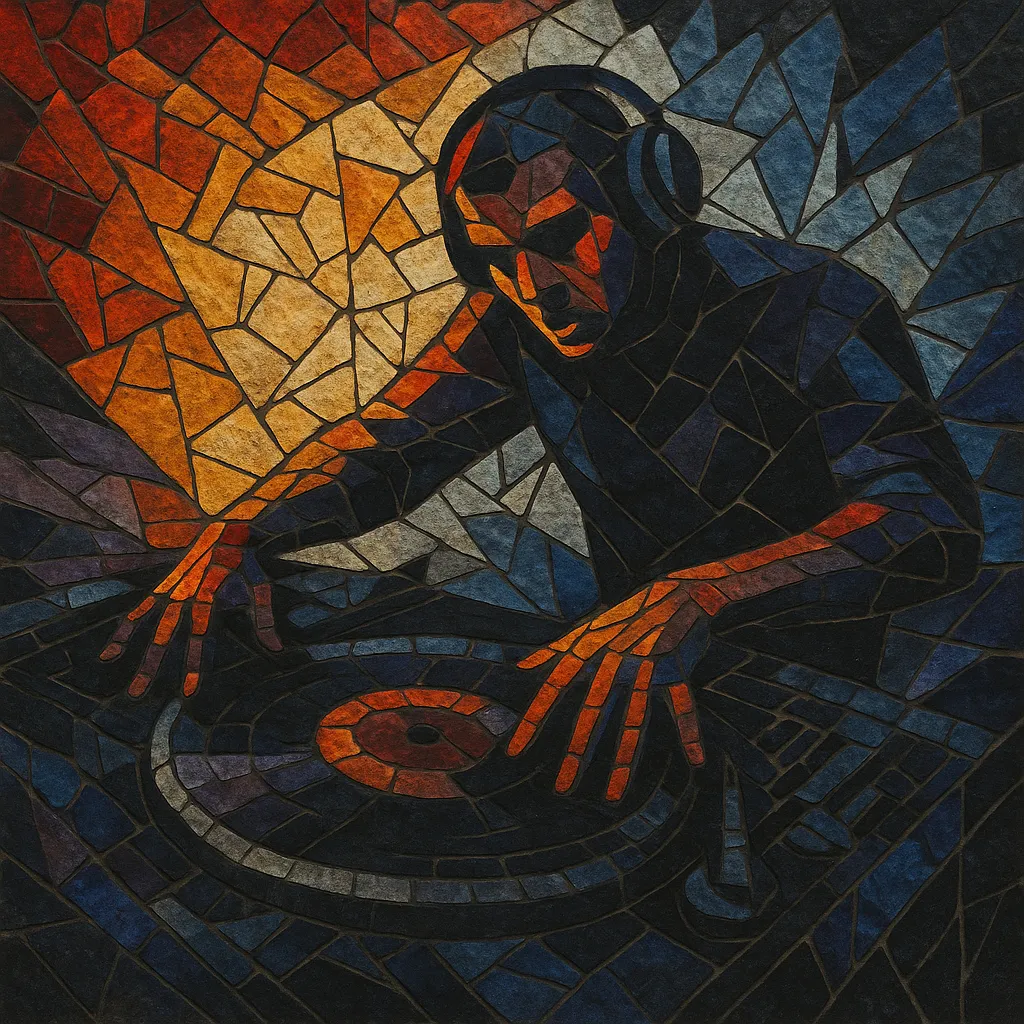Drumstep is a hybrid of drum and bass and dubstep that keeps the high energy and bass design of dubstep while adopting the tempo and rhythmic vocabulary of drum and bass.
Typically written around 170–176 BPM but felt in halftime, drumstep places the snare on beat 3, creating a loping, head-nodding feel while preserving the pace and tension of fast DnB. Sound design favors aggressive midrange basses (reese variations, growls, wubs), heavy sub-bass, crisp snares, and densely syncopated hi-hats and percussion.
In DJ contexts, drumstep bridges 140 BPM dubstep and 174 BPM drum and bass, allowing seamless genre-switching within high-energy sets. It’s punchy, festival-ready, and often minimal melodically, focusing on impact, groove, and sound design fireworks.
As dubstep and drum and bass scenes cross-pollinated in the late 2000s, producers began writing 174 BPM tracks with halftime drums, pulling the weighty bass design of dubstep into DnB tempos. This approach—quickly dubbed “drumstep”—leveraged jungle/DnB’s rhythmic DNA while embracing dubstep’s sound design arms race.
The sound gained heavy exposure through UKF channels and festival circuits. Canadian bass producers (Excision, Downlink, Datsik) and Franco-British outfits (Dirtyphonics, Delta Heavy) helped codify the template: halftime snares at 174, explosive fills that flip to full-time, and showpiece bass patches. Labels and platforms such as Rottun, Never Say Die, RAM/Program offshoots, and Monstercat amplified drumstep’s profile with DJ-friendly singles and remixes.
Drumstep quickly became a utility tool for DJs, enabling transitions between 140 BPM dubstep and 174 BPM DnB without losing floor energy. Producers exploited its versatility by alternating halftime and full-time sections within drops, or by writing “VIP” mixes that toggled between dubstep and drumstep arrangements.
While its name peaked in the early 2010s, drumstep’s techniques—halftime at DnB tempo, hybrid bass design, switch-up fills—were absorbed into dancefloor DnB, tearout-oriented dubstep, and hybrid trap. Today, you’ll hear drumstep’s fingerprints in festival DnB drops, bass music VIPs, and crossover remixes even when releases aren’t explicitly labeled “drumstep.”


